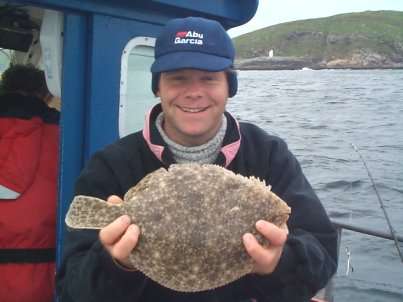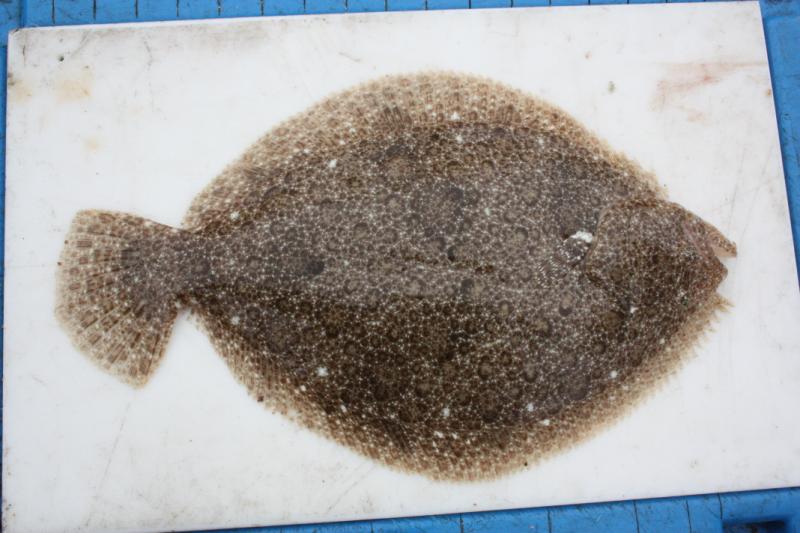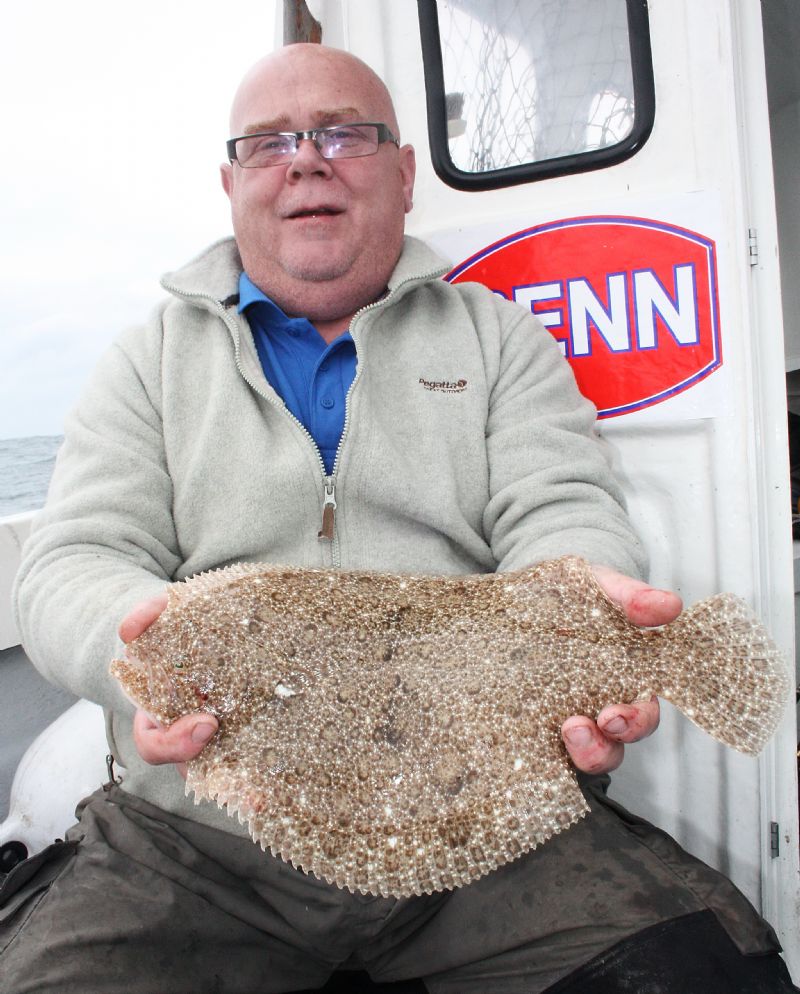Brill
Brill (Scopthalmus rhombus)
Irish Record 9lb 8oz taken on 8.09.1984 by Deborah Gregg on Causeway Coast.
Specimen 3.53 lb, or 1.6 kilo
Identification
The only species this may be confused with is the Turbot. Brill are usually more oval in shape with a “frilly” edge at the start of the dorsal fin, close to the mouth. Its dorsal fin runs the length of the body, the anal fin is much shorter.

Where to catch
Although once reasonably common around the Irish coast, and similar to most flat-fish, this sought after table fish has dramatically declined in numbers. This is evident by the reduction in specimen size yet again, by the Irish Specimen Fish Committee. They will turn up along most of the popular off-shore sand banks that produce or once produced Plaice, Turbot and rays.
Some of the marks that I have personally seen Brill landed are Mulroy Bay in Donegal, and other sheltered bays and inlets along the Donegal coast-line, sand banks out of Dunseverick, Ballycastle and Red Bay, Belmullet on the west coast, and of course, Cork Harbour. All these fish were juveniles, unfortunately, and it is a sad reflection on the state of our sea, a specimen Brill taken these days really is considered a fish of a lifetime.
When to catch
As with most of the flat fish family, May-June and on through the season to October are the preferred months.
Bait
This fish can be taken on worm baits, but as they are basically a hunter-predator feeding on and ambushing launce, Sand eel and other bait fish, Sand eel, Mackerel belly strip or long fillets of Launce works best.
Methods
As with Turbot and Plaice, a long flowing trace is the ideal choice. This allows the bait to flutter enticingly in the current giving it a more life- like appearance, appealing to the predatory-hunter instincts. Twenty pound line and hook sizes of 1/0 to 4/0 suffice, depending on bait size.




.jpg)



